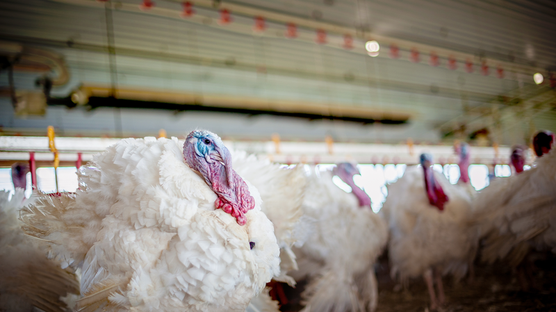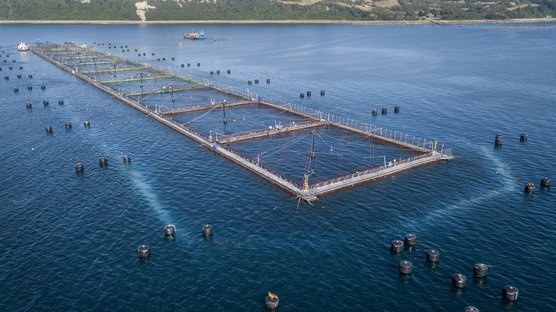
Published on Jan. 28, 2020
Continuous improvement at our core
Innovation has been one of the key buzzwords of the past decade. The world of technology moves at a breakneck speed, and we aim to capture value for the agriculture industry wherever possible.
However, we never take our eye off the core of our business: breeding healthy, efficient animals that improve steadily with each generation. Over the past year, we have invested in projects that enhance our breeding programs for all species. By continuing to improve on what we do best, we can provide the market with sustainable, high quality genetic solutions. Read on to learn more about our recent projects in turkeys, laying hens, swine, aquaculture, and traditional poultry.
Laying hens
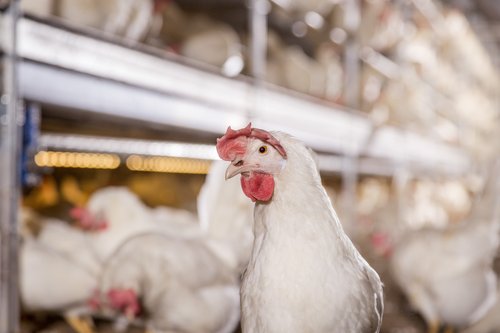
Hendrix Genetics is one of 20 partners working together to study poultry stress in response to various environments, including the impact of housing systems and feed programs. The goal of the project, named ChickenStress, is to provide information on the best welfare conditions for laying hens while maintaining optimum egg production. An international team of 14 PhD students, under the supervision of global experts, will study how genetics, their rearing environment, and production environment impact chronic stress.
Turkeys
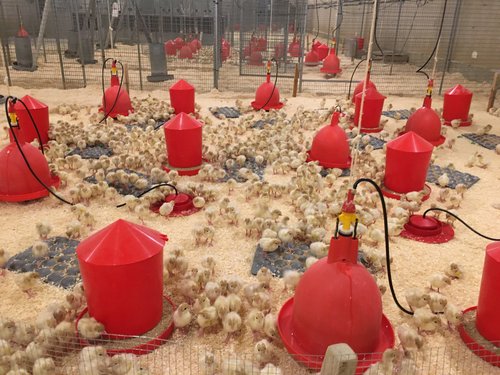
Poults placed at the European pedigree complex
Soon to be fully operational, the new turkey European pedigree complex will take us to the next level in our ability to deliver the right products for every market. This is the second facility, in addition to our existing pedigree program in Canada. By studying and making selections in two separate geographic areas, we can offer tailored products for the production systems and environments of our customers around the world. This facility will be used to select our core products as well as colored birds for the alternative and traditional market.
Not only does the new facility increase flexibility in our selections, we will have the technology to track the performance of individual birds. One example is with the use of specially designed feed stations that will allow us to select the most feed efficient birds for the breeding program. Investment in our pedigree program will mean high quality products that meet the needs of the future.
Swine

Bon Accord nucleus facility
In the last two years, two important swine breeding facilities were constructed to safeguard the genetic supply of high quality swine products. The first was the SICHAMPS breeding nucleus farm, based in France. This facility houses 400 sows from the Hypor Maxter and Hypor Magnus sire lines.
Additionally, the new Bon Accord nucleus facility was completed in mid-2019 in Saskatchewan, Canada. This farrow-to-finish operation has a 1200 GGP sow capacity.
Both nucleus facilities optimize animal welfare, sustainability, automation, and biosecurity.
- Sows are housed in groups and feed freely in accordance with their needs. In this system, welfare traits such as behavior, feet/leg structure, and walking ability are collected.
- The barns are designed for energy conservation with a ventilation system that allows the temperature to be constantly regulated.
- Automatic feeding stations allow us to automatically manage the feeding and sow group with exceptional precision.
- The loading dock has been designed to prevent the transfer of pathogens from the outside with designated biosecurity zones.
We continue to search out new opportunities throughout the world to enhance our nucleus capacity and protect the genetics of the future.
Aquaculture

The Catripulli Genetic Improvement center
Sentinel programs for our aqua-based species allow us to study how our genetics perform when placed in a commercial environment, with different environments for different customers. In our salmon breeding program, sentinel sites are very important in analyzing how our products will perform in the different regions of Chile, with varying water temperatures and conditions. This means that whether we sell eggs in the Los Lagos region or in the Magallanes region, our customers can expect reliable performance. Salmon smolts are sent from our Catripulli Genetic Improvement center to the sentinel facilities. In each sentinel, we implement the same environmental conditions as our customers, from diets to vaccination programs. Devices such as pit-tags (electronic transponders) or genomics are used to clearly identify our fish in the test location. Next, a database is created for our sentinels that covers all stages of life in culture until final processing. This data is then incorporated into our general breeding program.
Traditional Poultry
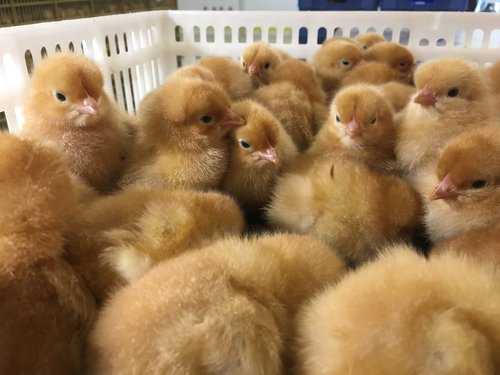
First chicks hatched for the Burkina Faso test site
The SASSO breeding program balances 6 main objectives: physical appearance, growth, carcass yield, feed efficiency, reproduction and health. Geneticists select approximately 35 lines in order to supply its clients and their needs, within a large diversity of markets.
In 2016, SASSO and Hendrix Genetics invested in a large feed station barn, where chicks are reared in large groups on the floor. This allows us to test economic traits for feed efficiency, such as FCR (Feed Conversion Ratio) as well as robust behavior such as eating behavior and sociability.
As part of the sustainable African poultry project, recurrent testing has begun Burkina Faso to study the performance of birds in difficult environmental conditions in terms of temperature, humidity, feed, and local pathogen pressure. These results will enhance genetic gain for the breeding values for body weight and egg productivity measured under commercial circumstances. This program will be complemented in 2020 by the development of recurrent tests in the South-West of France as control groups for Burkina Faso.
No matter the species, continuous improvement in breeding is our number one objective. Each of these initiatives are important in finding new ways to study animal traits and collect breeding values. Innovative facilities and processes are the key to enhancing what we do best: delivering the next generation of healthy, efficient animals that contribute to sustainable animal breeding.


